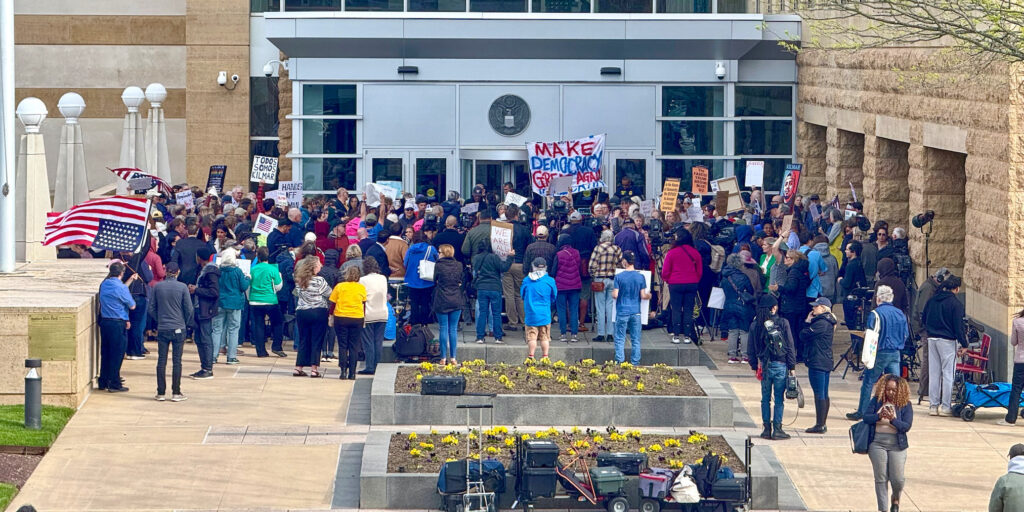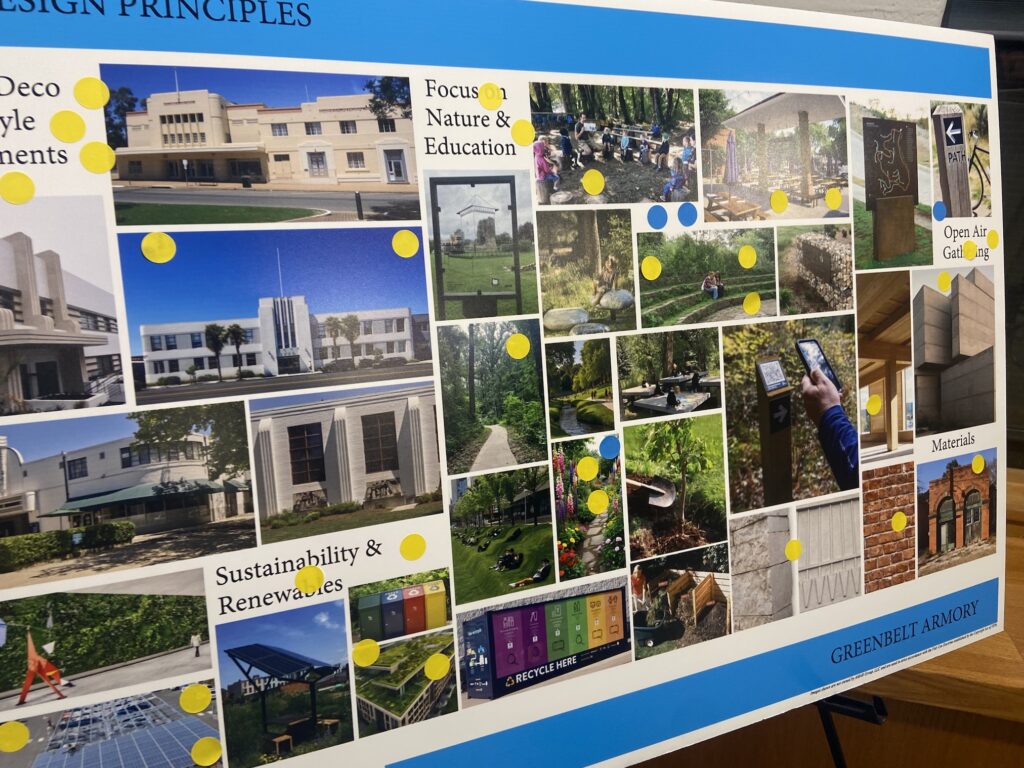The City of Greenbelt revenues survived the coronavirus-related shutdowns and capacity limits surprisingly well in the current fiscal year (FY21) and are projected to rebound slightly in the fiscal year beginning July (FY22). The adopted budget for FY21 anticipated $29.623 million and staff estimate that revenues are now at $29.599 million, down $1.2 million from actual revenues in FY20. For FY22, the city is projecting total revenues of $31.310 million.
It is possible the city could receive funds from the American Rescue Plan although it is not yet clear how much. Councilmember Judith Davis noted that any revenue received could not be used to cut the city’s tax rate.
Farewell
Before immersing themselves in the budget, council and staff took a moment to recognize the work of Assistant City Manager David Moran and to wish him well in his retirement. City
Treasurer Bertha Gaymon, noted that he knows “everything” about the budget and that she will miss him. Mayor Colin Byrd jokingly referred to the recommendation that the city establish some financial polices saying that he wished that they could adopt a financial policy that Moran could not retire, before wishing him well. At the end of the meeting, Moran, who noted that this was his last meeting with council, thanked council, the community and city staff for their support and for making his a wonderful career.
Revenues
The bulk of the city’s revenues come from real property taxes. The city had projected real property taxes to amount to $18.1 million in FY21 but now estimates it will receive $19.4 million. This increase is mostly due to a 65 percent decrease in the allowance for commercial property abatements. Unlike residential property, commercial property is assessed based upon the revenue stream generated. Property owners can request retroactive reductions in their assessed valuations if they do not generate the anticipated level of revenue. The proposed budget sets aside $620,000 for potential abatements in the current year, down from $1.8 million in the adopted budget and has budgeted $450,000 in the proposed FY22 budget. Together, these allowances will permit the city to absorb a total of over $1 million in potential abatements.
Personal property taxes are now estimated to come in at $1.85 million, down slightly from the $1.87 million in the adopted budget and are estimated to remain at that level in the next fiscal year.
Over time, the city has become more and more dependent upon real estate taxes. In the FY22 proposed budget, such revenues account for 65 percent of total general fund revenue. This is up from 61.5 percent in FY16 and way up from the 48.5 percent in FY1989. In her written comments, Gaymon cautioned that the trend of high reliance on real estate revenue could make the city vulnerable in the next recession, whenever that occurs. Elsewhere in the budget book, Gaymon states that it is possible that the city has reached or nearly reached its maximum size in terms of what the community can afford. (Former City Treasurer Jeff Williams had voiced similar concerns in his last budget.) The city should not partially fund new initiatives expecting that future revenue growth will support the full cost of the project, she advised. In addition, she wrote, future increases in salaries and benefits will be difficult to afford should the economy slow or decline.
Other taxes ($3,688,600) including the city’s share of the state income tax, are estimated to be $392,350 less than projected in the adopted budget and to recover most of that loss in FY22. The stay-at-home orders and business closures and restrictions hammered revenue from admissions and amusement and hotel/motel taxes, where the estimated FY21 revenue dropped by 91.4 and 80 percent, respectively, from that projected in the adopted budget. The city expects this revenue will partially recover in FY22. Thanks to action by the state, which Davis attributed to action by the Maryland Municipal League, Highway User taxes will not be cut as anticipated in the current fiscal year and are expected to increase further in FY22.
Licenses and permits are essentially flat at $1.4 million in the current fiscal year and $1.3 projected in FY22. Estimated revenues from other government agencies including the federal, state and county are 7.2 percent above the adopted budget level and are projected to go down slightly in the next year. Charges for other services dropped significantly in the current year, to $943,500 down from the $1,673,200 in the adopted budget, largely due to the closure of most recreation activities in March of 2020. City staff believes that by the start of FY22, the city will be offering summer camps and a variety of other classes. This rebound should continue into the fall and by January it is hoped that the city will be able to offer unlimited in-person classes at all recreation facilities. If these projections are accurate, revenue from other services will more than rebound in FY22, coming in at $1,833,900, an increase of 9.6 percent over the FY21 adopted budget. Revenue from parking citations and municipal infractions dropped by roughly half from the adopted budget with total revenue from fines and forfeitures totaling $566,100 in FY21, down 7.3 percent from the adopted budget and projected to rise slightly to $569,000 in the next fiscal year.
Thanks to the Federal Reserve Board actions in response to the pandemic, the city’s interest revenue was nearly zapped with current estimates of $10,000 in FY21 a mere 6.7 percent of the $150,000 estimate in the adopted budget. The proposed budget anticipates a slight rebound to $50,000 in FY22.
Miscellaneous revenues dropped 14.6 percent to $239,300 and are projected to increase to $248,900 in the proposed budget.
There was minimal discussion of revenues at the March 24 budget worksession. Councilmember Emmett Jordan wanted to budget so that residents paid the same amount of taxes as they did the year before. However, Davis pointed out that doing this would require reducing the expenditures by an amount equal to revenue.



